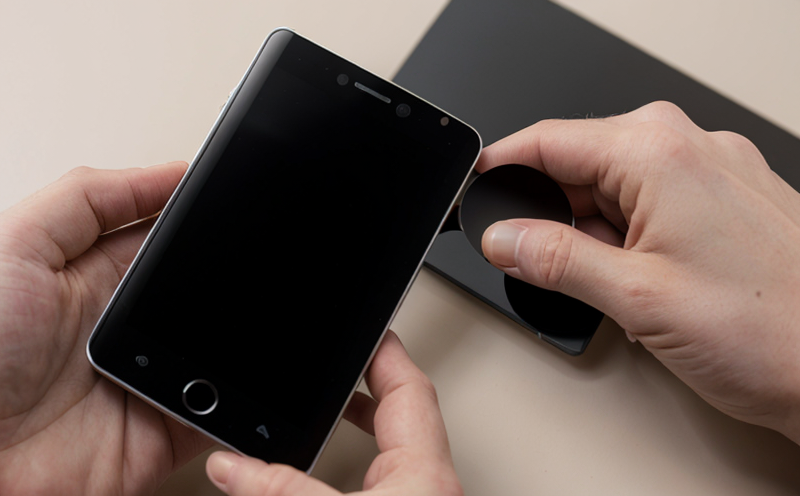JIS H8502 Thickness Measurement of Nano Thin Metallic Films
The measurement of nano thin metallic films is a critical aspect in the development and quality control processes of nanomaterials. The Japanese Industrial Standard (JIS) H8502 provides a standardized method for determining the thicknesses of these films, which are often used in advanced electronics, coatings, and other high-tech industries.
The ability to accurately measure such thin films is essential because even slight variations can significantly impact performance. For instance, in the production of semiconductors or photovoltaic cells, precise film thickness ensures optimal light absorption and conductivity. In the automotive industry, nano coatings on surfaces improve durability and reflectivity.
The JIS H8502 specifies a non-destructive method that uses an interferometric microscope to measure the thickness of metallic films ranging from 10 nanometers up to several micrometers in thickness. This technique is particularly suited for thin layers as it can provide high-resolution and accurate results without altering the sample's surface.
The process involves preparing a clean, flat substrate onto which the film is deposited. The specimen is then placed on the interferometric microscope where light interference patterns are used to calculate thickness variations across the film. This method allows for both quantitative measurements of individual layers and qualitative assessments of uniformity.
Accurate measurement is paramount in ensuring that products meet the stringent requirements set by international standards. For example, in the electronics sector, deviations as small as a few nanometers can mean the difference between a functional device and one that fails under stress or environmental conditions.
The importance of this service extends beyond just manufacturing quality; it also plays a role in research and development efforts aimed at improving existing technologies. By providing reliable data on film thickness, JIS H8502 supports innovation by enabling researchers to refine their processes and materials continuously.
Furthermore, compliance with such standards is crucial for industries that operate globally. Meeting these benchmarks ensures that products can be freely traded across borders without facing regulatory barriers or additional testing requirements.
Why It Matters
The precision and reliability of JIS H8502 thickness measurements are crucial for ensuring the quality and consistency of nano thin metallic films. These films have a wide range of applications, from electronic devices to medical implants, where even minor variations in thickness can lead to significant performance differences.
In the electronics industry, for example, precise control over film thickness is essential for optimizing semiconductor performance. Thicker films may improve electrical conductivity but could also introduce unwanted heat generation, while thinner films might enhance energy efficiency at the cost of reduced stability. By adhering strictly to JIS H8502 standards during production and quality assurance phases, manufacturers can strike an optimal balance between these competing factors.
For medical applications such as biocompatible coatings on implants or drug delivery systems, accurate thickness measurements are vital for ensuring safety and effectiveness. An overly thick coating could cause irritation or rejection by the body's immune system, whereas insufficient coverage might fail to provide necessary protection against infection or corrosion.
In addition to enhancing product quality, compliance with JIS H8502 contributes to broader industry goals like sustainability and cost-effectiveness. By minimizing waste through efficient material usage and maximizing resource efficiency, companies can reduce costs while contributing positively to environmental conservation efforts.
Scope and Methodology
| Parameter | Specification |
|---|---|
| Measurement Range | 10 nm to several micrometers |
| Type of Sample | Metallic films on flat substrates |
| Instrumentation | Interferometric microscope |
| Data Acquisition | Automated interferometric analysis |
The JIS H8502 method relies on an interferometric microscope to measure the thickness of metallic films. This equipment enables precise detection by analyzing how light interacts with the surface and internal layers of the film. The process begins by preparing a clean, flat substrate onto which the desired film is deposited. Once applied, the specimen is carefully placed under the microscope where it undergoes automated interferometric analysis.
The resulting data provides detailed information about both individual layer thicknesses within multi-layered structures and overall uniformity across larger areas of single layers. This comprehensive approach ensures that any inconsistencies or anomalies are identified early in the production cycle, allowing for corrective actions to be taken promptly.
International Acceptance and Recognition
The JIS H8502 standard enjoys widespread acceptance among manufacturers and researchers working with nano thin metallic films. Its rigorous protocols ensure consistent results across different laboratories, facilitating seamless international collaboration and trade.
Many countries have adopted similar or equivalent standards based on JIS H8502 principles due to its reliability and applicability in various fields. Organizations like the International Organization for Standardization (ISO) recognize the value of this standard, incorporating elements into their own guidelines when appropriate.
The global adoption of these practices fosters innovation by providing a common language for discussing film thicknesses among professionals worldwide. This interoperability promotes knowledge sharing and best practice dissemination, ultimately driving advancements in technology across industries reliant on nanomaterials.





